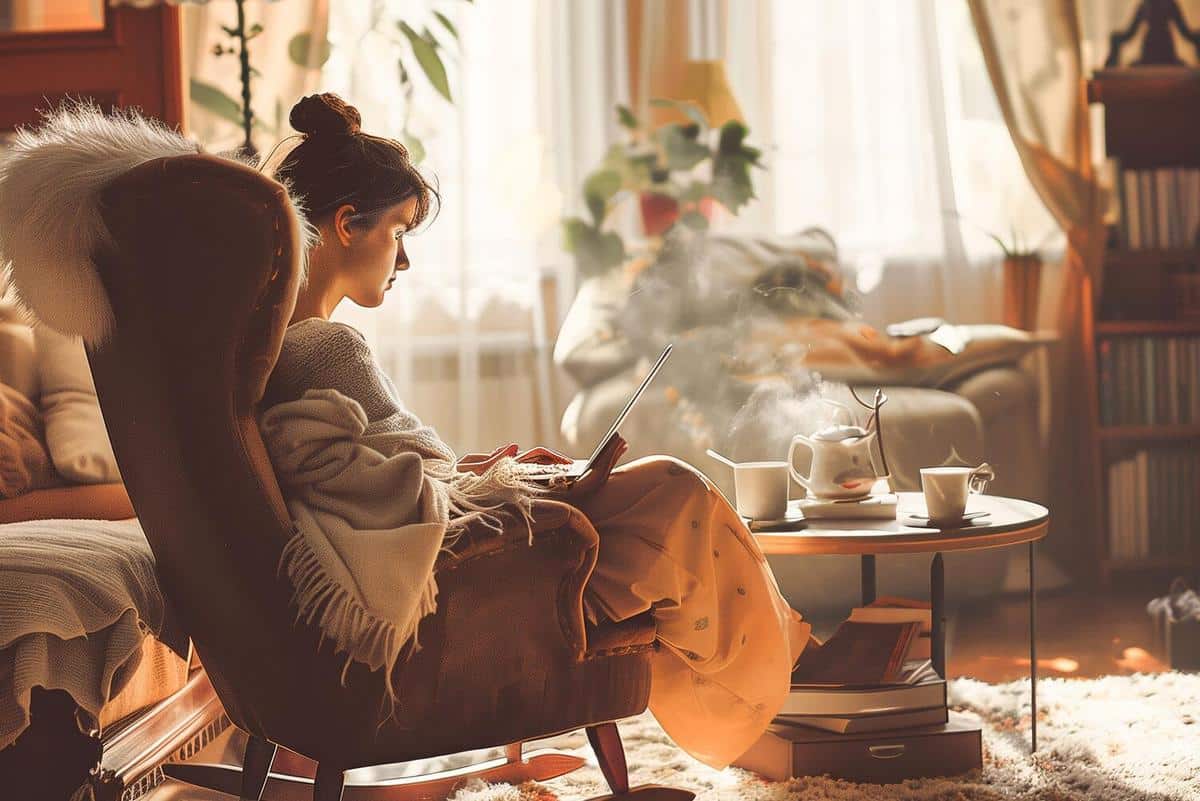
Creating a Cozy Atmosphere with Hygge Design Principles
When it comes to home design, creating a cozy atmosphere is often at the top of the list for many homeowners. One approach that has gained significant attention in recent years is the use of Hygge design principles, which focus on creating a warm and inviting space.
Understanding Hygge Design Principles
Originating from Denmark, Hygge (pronounced ‘hoo-ga’) is all about comfort, warmth, and well-being. It’s about creating a space that feels inviting and relaxing, a perfect refuge from the hectic outside world. According to Meik Wiking, CEO of the Happiness Research Institute in Copenhagen, Hygge is about “an atmosphere and an experience, rather than about things.”
Why Hygge Matters
Research by the Happiness Research Institute suggests that the Danes frequently top the lists of happiest people worldwide, partly due to their embrace of Hygge. Creating a Hygge-inspired home can contribute to mental well-being by providing a sanctuary of peace and relaxation.
Key Elements of Hygge Design
- Lighting: Opt for soft, warm lighting with candles and lamps to create a gentle, soothing ambiance.
- Textures: Incorporate plush textiles like throws, cushions, and rugs to add warmth and comfort.
- Natural Elements: Use wood, plants, and other natural materials to bring the outside in, enhancing the cozy feel.
Expert Opinions
“Hygge is not about having the perfect home, but about creating spaces that make you feel relaxed and content,” says interior designer Emma Gannon.
Personal Experience
After adopting Hygge principles in my living room, I noticed a significant decrease in stress levels. The simple changes, like adding a soft woolen blanket and a few scented candles, transformed my space into a cozy haven.
Actionable Tips
- Start small by adding a few candles and a cozy throw to your living room.
- Incorporate more natural materials, such as wooden furniture or stone accents.
- Focus on creating a space that feels personal and inviting.
Comparison Table: Hygge vs. Minimalism
| Aspect | Hygge | Minimalism |
|---|---|---|
| Focus | Comfort and Coziness | Simplicity and Functionality |
| Materials | Natural, Textured | Sleek, Smooth |
| Lighting | Warm, Soft | Bright, Clear |
| Decor | Layered, Plush | Minimal, Clean |
| Color Palette | Warm, Earthy | Neutral, Monochrome |
| Ambiance | Inviting, Relaxed | Open, Airy |
| Emotional Effect | Calm, Content | Focused, Organized |
| Cultural Origin | Danish | Global |
Frequently Asked Questions
What is the main goal of Hygge design?
The main goal is to create a cozy, inviting atmosphere that promotes comfort and well-being.
Can Hygge be incorporated into any home style?
Yes, Hygge principles can be adapted to complement various home styles, from rustic to modern.
Is Hygge only about interior design?
No, Hygge is a lifestyle concept that can be applied to various aspects of life, including food, socializing, and personal care.
By embracing Hygge design principles, you can transform your home into a welcoming sanctuary that offers comfort and contentment. Whether you’re redesigning a single room or your entire home, incorporating elements of Hygge can provide a sense of peace and joy. So, light a candle, grab a cozy blanket, and enjoy the warmth of your newly Hygge-inspired space.